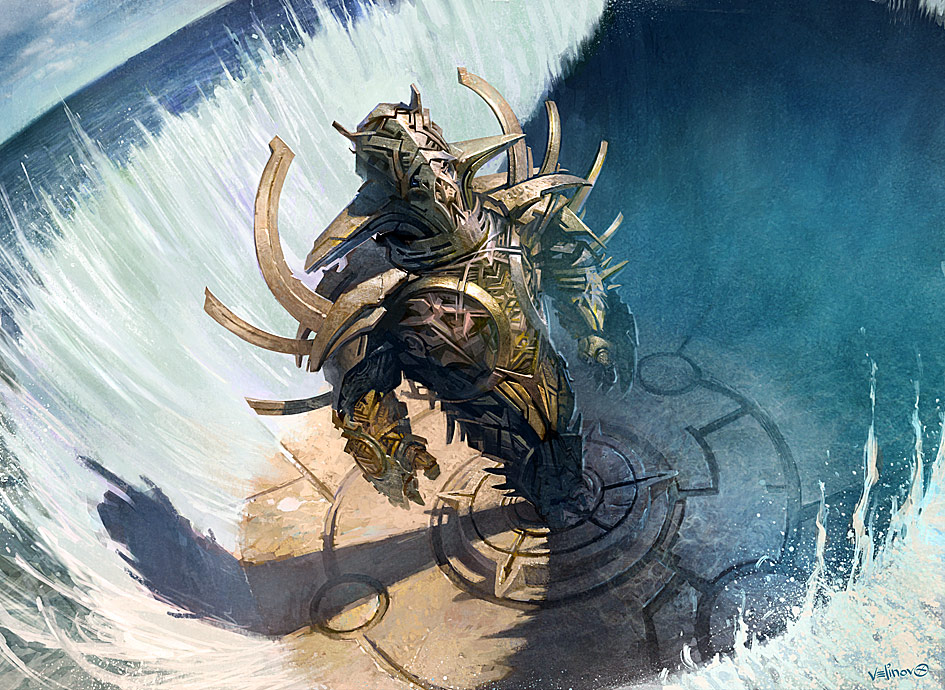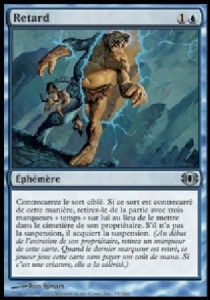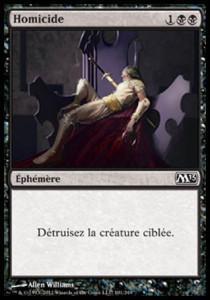Spoiler alert: I’m going to talk about foreign cards today. I understand that not everyone has a fondness for foreign cards in EDH, Legacy, or any other format. Today, though, I get to talk about one of my favorite ways to make my deck a little more unique.
I love foreign cards, for a number of reasons. They are rarer, and therefore appeal to the collector part of my nature. They are international, and that appeals to the social aspect. To me, foreign cards of any language are just a little more fun.
From a finance perspective, it’s sometimes very tough to get a good idea of the price of a foreign card. Wizards has printed cards in many languages, but it is difficult to get an accurate read on what the proportions and amounts are. It’s generally accepted that Russian and Korean have less cards printed than other languages, and that scarcity makes it hard to find copies on the secondary market.
There is no hard and fast rule for which languages have which price increase – or decrease – and it’s important to know that many buylists treat foreign cards as LESS valuable. So while you have your sweet foreign card, you won’t be making any profit on buylists.
In trade, though, everything is fair game. Be greedy, but be aware of a real danger in overpricing your foreign foil: if you ask for too much of a premium, then you risk scaring them off to the easier trade of a regular English version of that card. Be realistic, be upfront, and be willing to haggle. Plus, you’re working from a small sample size–if there has been such a transaction, be aware of it and be ready to show it to others during trading.
I’ve been through this recently. Earlier this year, a trader on deckbox reported that he had a Russian foil Doubling Season from the original Ravnica block. We went back and forth on the value for a few days, and eventually settled on $80. From there, the rest of the trade was easy.
When someone expresses interest in your card, the best thing to do is agree on an approximate value right away. Given that it’s also a complete luxury item, be prepared for a condition discussion that you may not encounter with run-of-the-mill nonfoil English cards.
eBay is not as helpful as vendors in this case. Vendors rarely want to leave money on the table, so the number they list a card at is often going to be on the higher end. At GP Oakland, I saw a foil Japanese Polluted Delta with an asking price of $2200. I can’t say for sure, but if you went to them and offered less in cash on the spot, you’d probably get it.
Finding foreign foils is a treasure hunt in and of itself. It’s not always easy to find foreign foils, even online. I’ve been on the hunt for a foil French Murder for a while, and as yet, have had no luck. Magiccardmarket.eu is the best resource that I’ve found, but because it’s a Eurozone site, they charge Americans and other continents extra for shipping. Big events can be helpful in locating this type of merchandise, but it’s still going to be hit-or-miss in terms of the traders and their stock.
Perhaps that’s the rub and the appeal of foreign foils to me. It’s hard to find them, so when I see one in a binder or case, I totally want to jump right on it. The thrill of the hunt can be worth more than the eventual possession.


